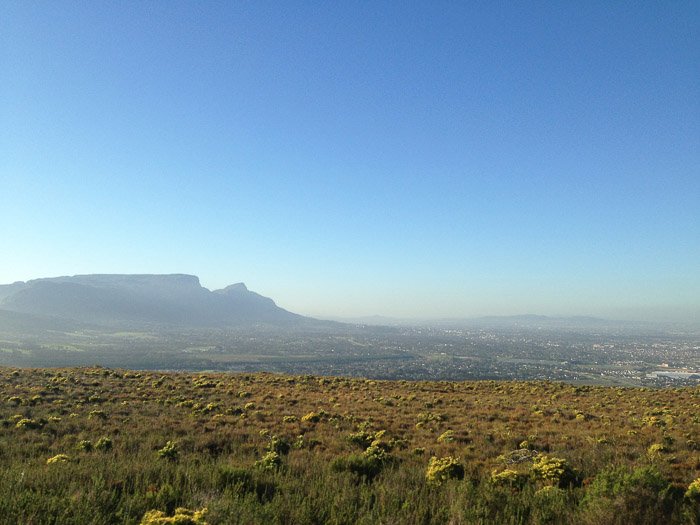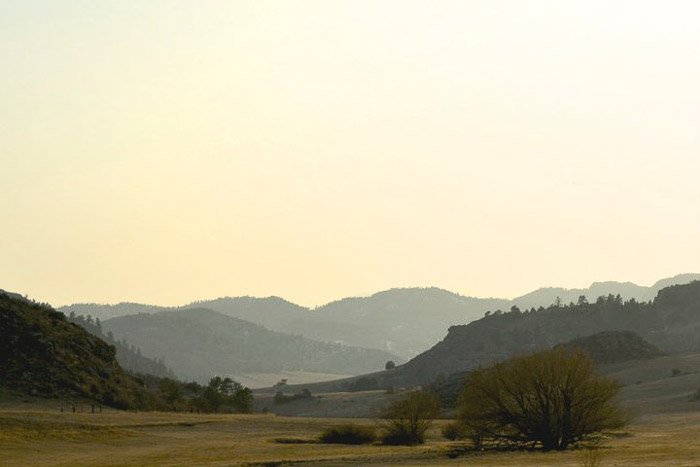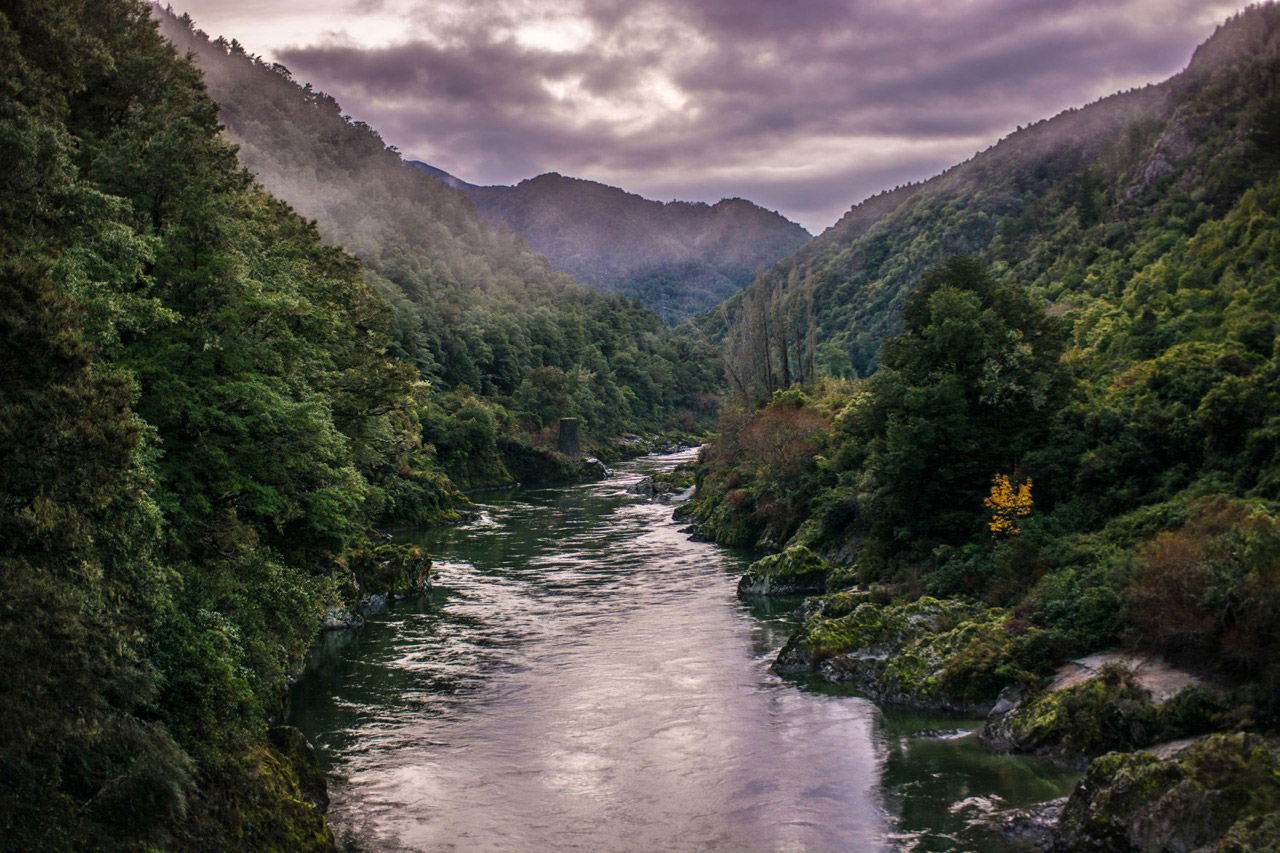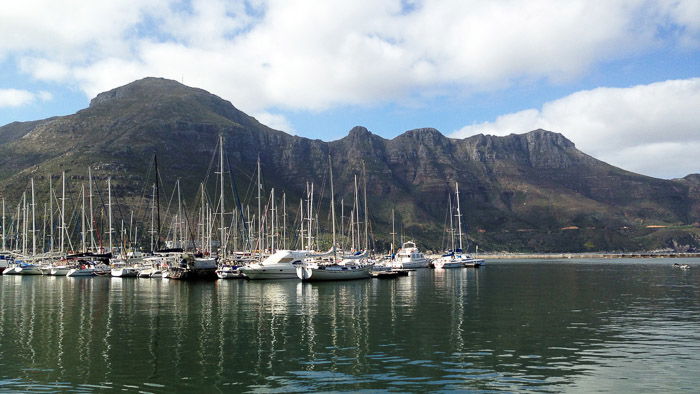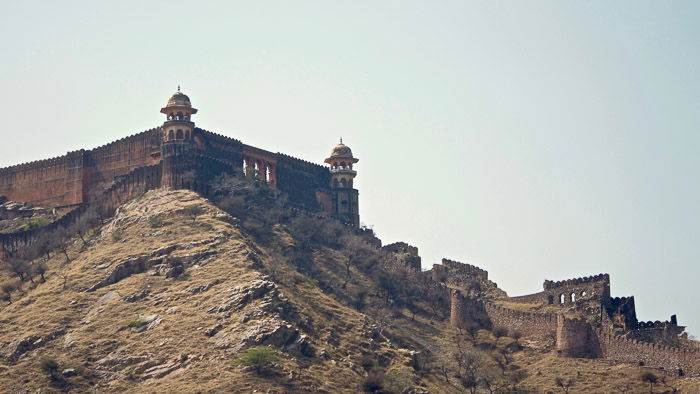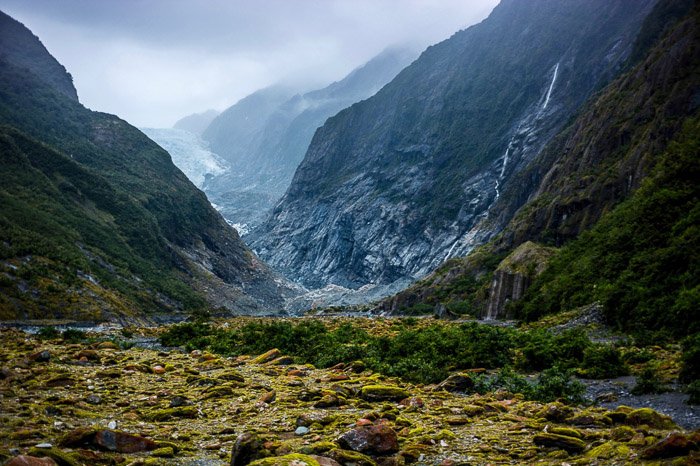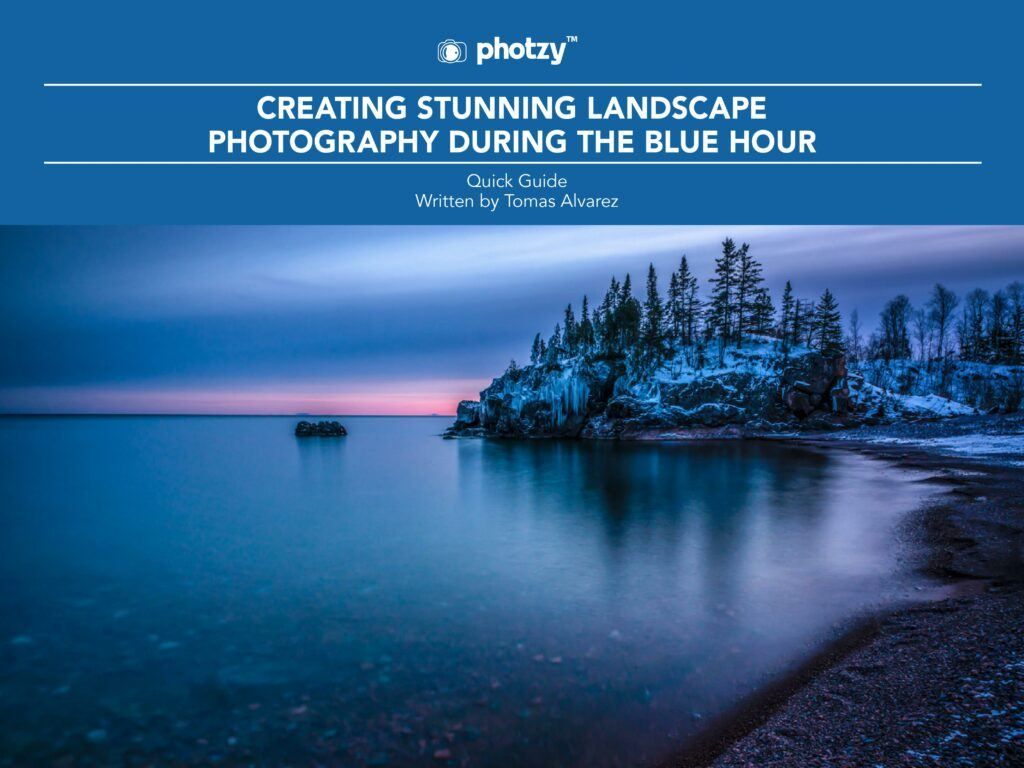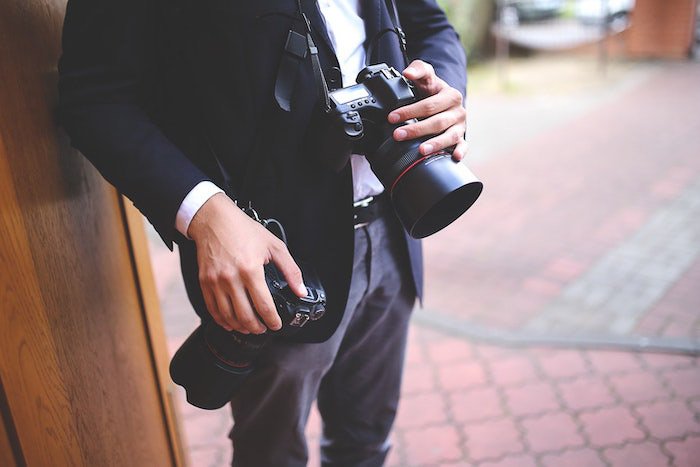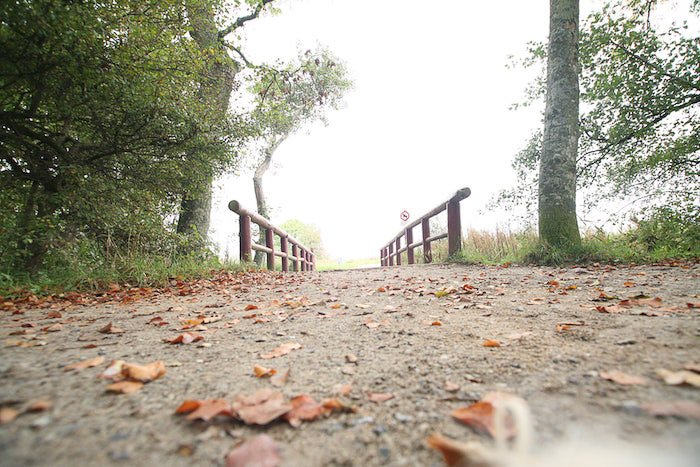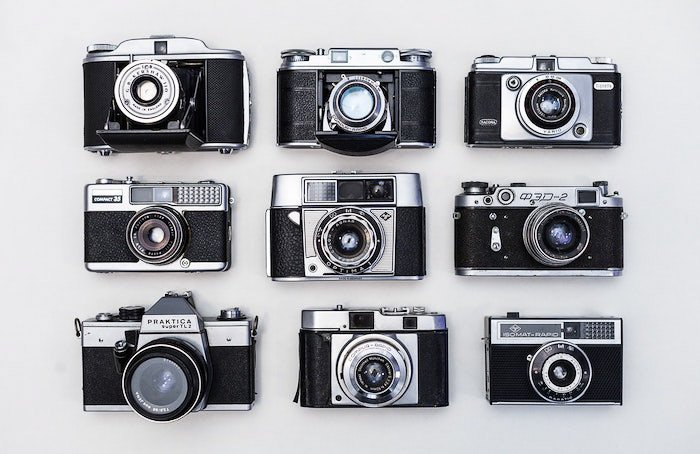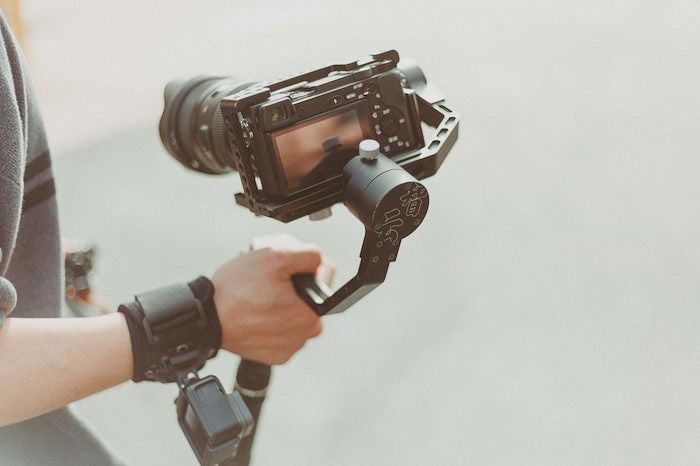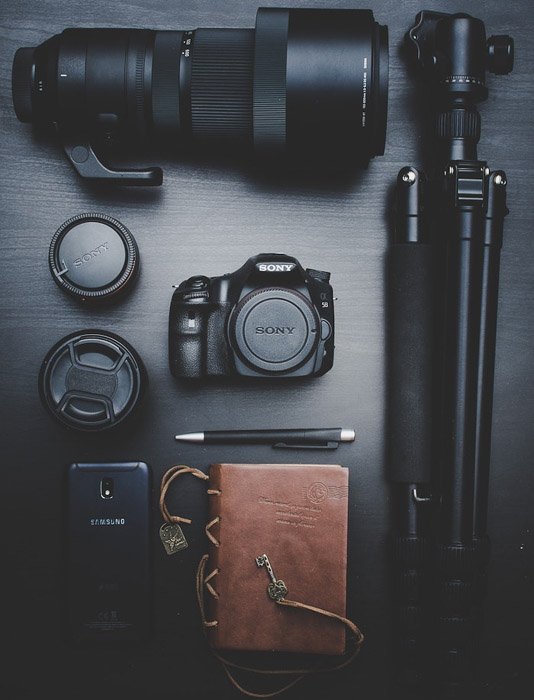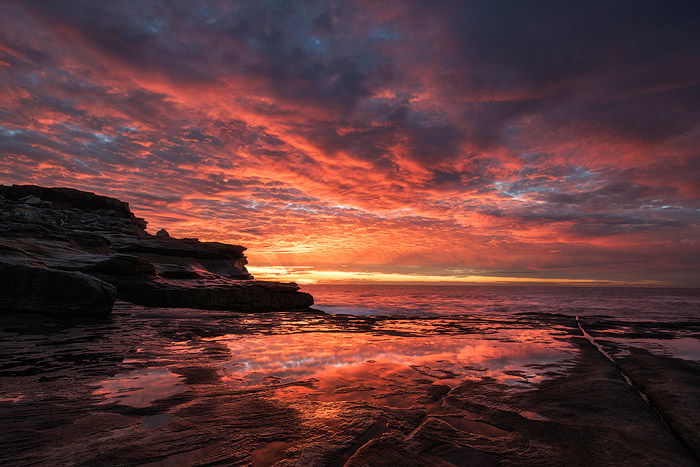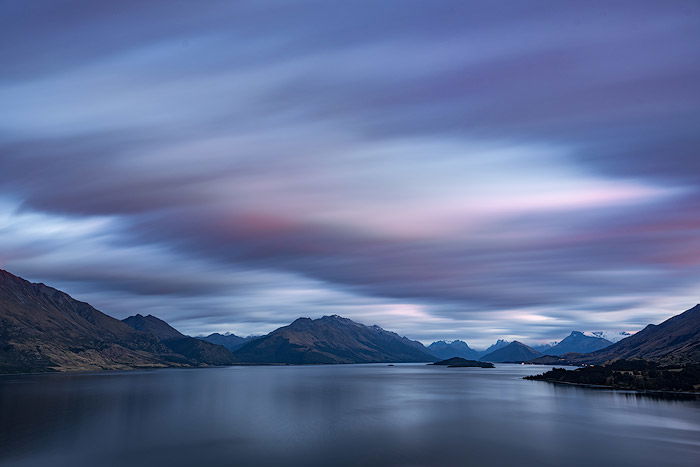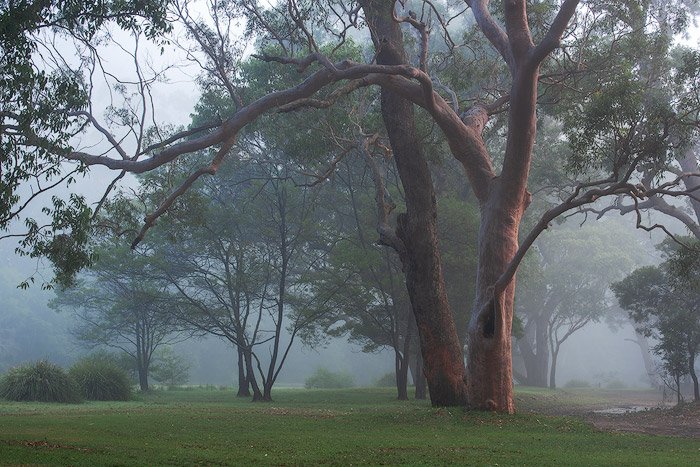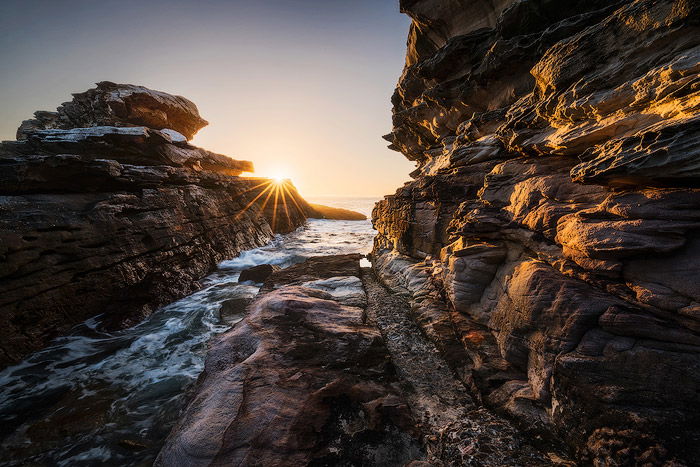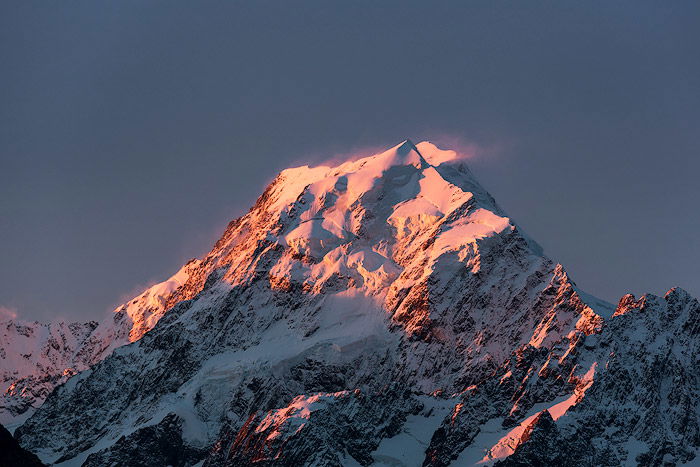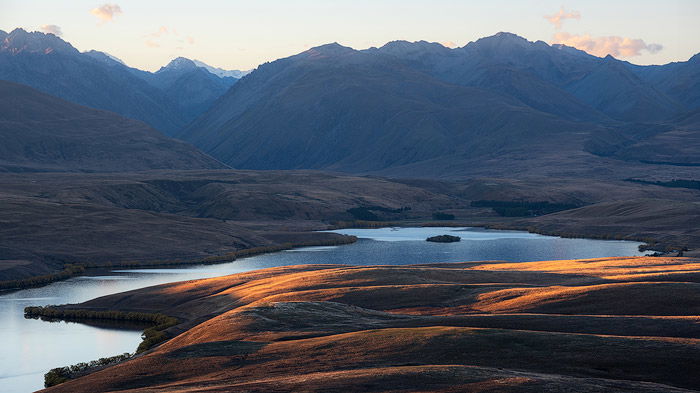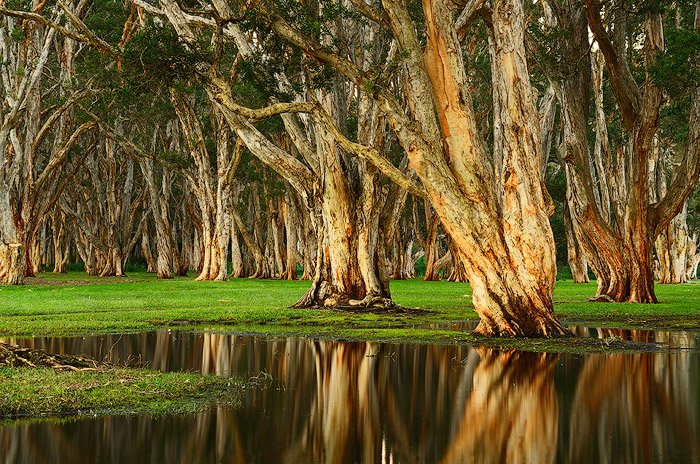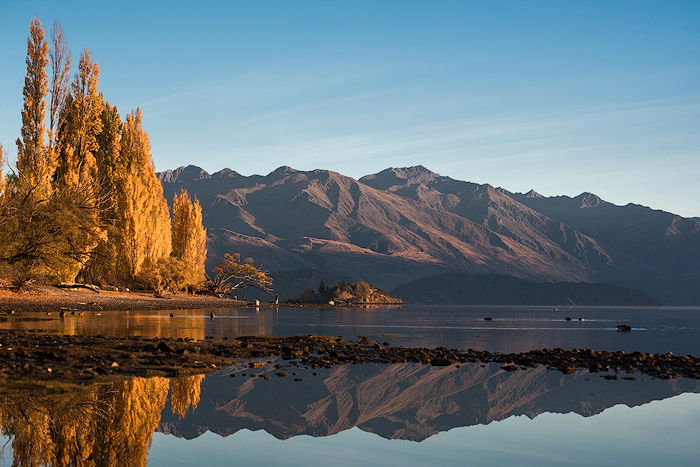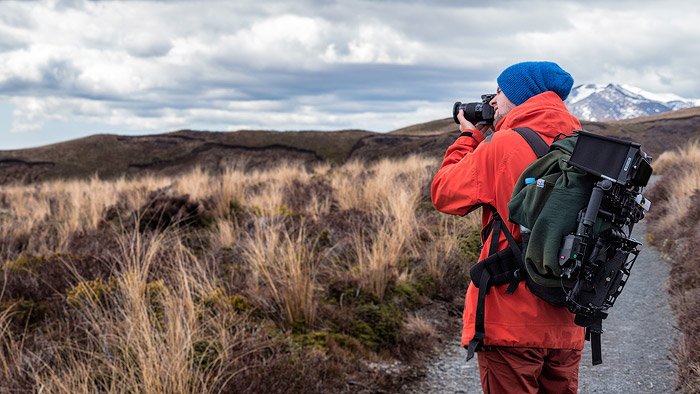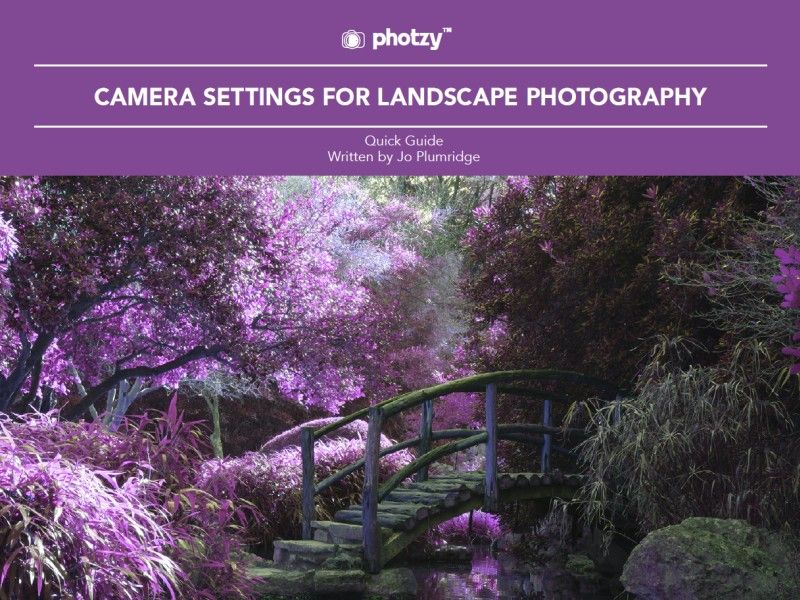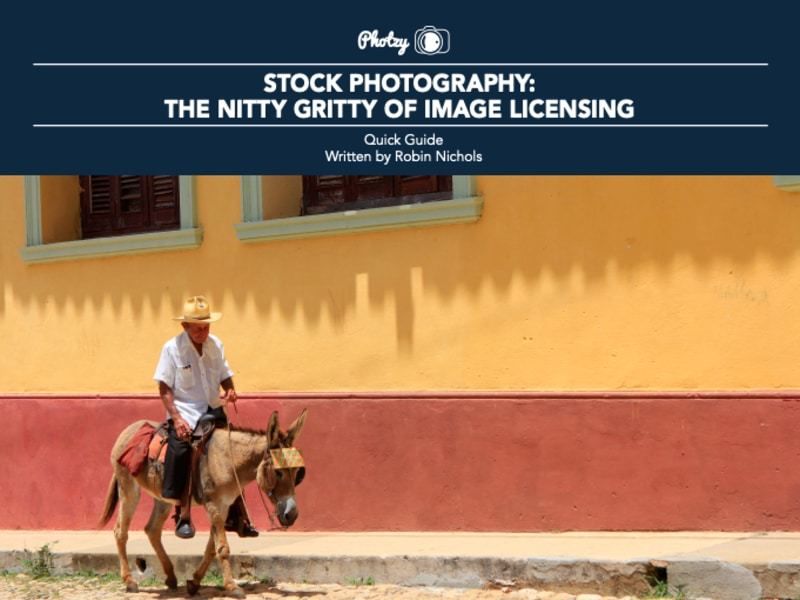How to Make Money with Photography (14 Tips for 2022)
By Josh Dunlop
You’ve discovered the art of photography and honed your skills. But
now you are wondering, “how can I earn money through photography?”.
Here are a few lesser-known ways a photographer can find work.
Doesn’t matter if you’re setting up a portfolio, or struggling to find
the work you’re ready for. This post will help you figure out how to
make money with photography.

14. Sell Prints Online
If you practice enough, there’s a good chance you’ve taken some
amazing shots by now. So good in fact that people are going to want to
buy them. So why not start selling prints? There are different ways to
make money by selling prints. Both options can be very easy to do and
inexpensive.
The easiest way is selling photos online
through a third-party seller. They will do all the legwork, process the
order, print and send out the prints. In return, they provide you with a
commission. There’s no reason why you can’t go through all your best
photos right now, and upload them to a site. Start making money from the
prints you sell today!
A great platform on which you can sell your prints is Etsy.
This is a website that offers a platform to sell all kinds of handmade
products. Each listing is only $0.25 so it is a cost-effective way to
sell. All you need to do is print your image, put it on the website, and
then send the print to the buyer. If there are any complaints or
refunds, you will have to manage them.
Another way of selling prints is a little bit harder. You have to
print them yourself and sell them through shops and restaurants.
Say, for example, you’ve taken plenty of nice photos from your area.
You could approach a cafe or a restaurant, and come to an arrangement
where they display and sell your photographs. All you have to do is
print them and give them a commission. They get artwork, you get money.
At the very least, you will have your photos displayed to thousands of
people.
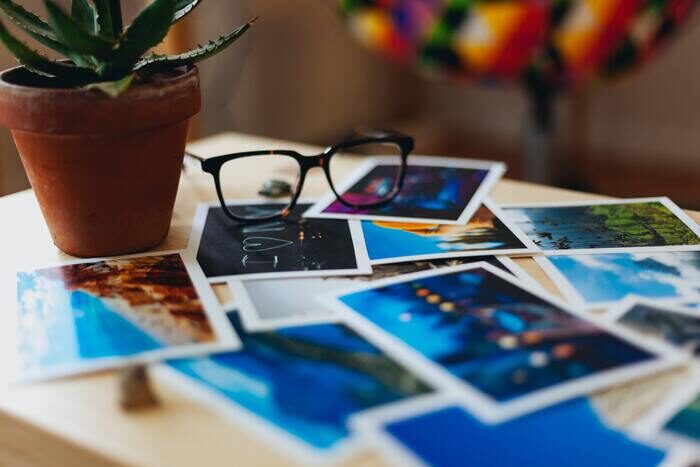
13. Sell Your Travel Photography Stories
Do you love travelling and photography? You could make money doing both!
There is an increase in demand for original content. Clients such as magazines
and newspapers are constantly looking for new content. This means you
can try to make money by creating and selling travel content. This could
be photos or videos highlighting destinations.
If you are also a talented writer, you can provide a complete package
of an article with photographs. To be able to sell these, the article
and photos need to create a story. So, it is important to take photos
that don’t only look good. They need to tell a story.
Newspapers and magazines aren’t the only organizations that need
travel photos. You can also sell them to tour operators, travel
companies, airlines, or even your local magazine.
Often you’ll find that the more you work with a client, the more other opportunities will present themselves.
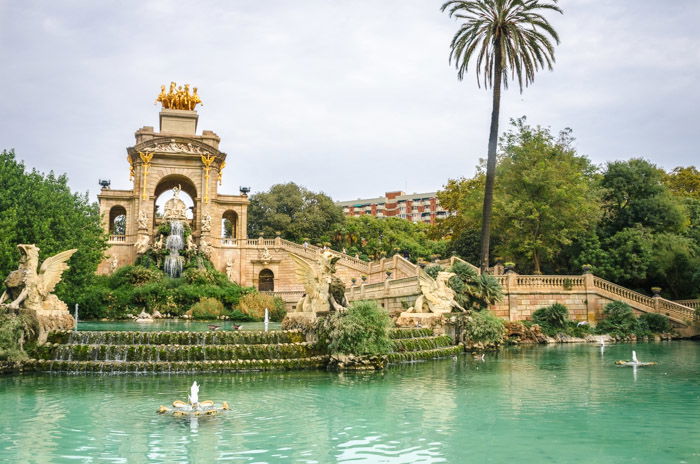
12. Pursue Wedding Photography
Many photographers prefer to go down the wedding photography
route. This niche has the potential to make you a lot of money as a
photographer. And for a good reason. The stress, planning, and amount of
work you need to do are immense.
Not only are the financial benefits high, but it is also a very
rewarding job. You get to be a part of one of the happiest days of some
people’s lives.
But, the pressure is quite high. You are responsible for capturing
one of the most important moments of the happy couple. Hence, it is
important to make sure you have enough practice. If you already shoot events or portraits, you are on your way to being a wedding photographer.
If you aren’t sure you are ready to shoot weddings, you can try the following to get a similar idea:
- Work as a second shooter.
- Photograph engagement sessions.
- Create a stylized shoot (a fake wedding).
- Photograph the rehearsal.
Here, you’ll learn how to start a wedding photography business and how to make the most of it.

11. Make Your Own Photo Book
One of the less common ways to make money through photography is to make your own photo book. There are many galleries available online. However, photo books are superior to virtual galleries in many ways.
Photo books offer a lot of customization. Unlike a photo album, you can customize your photo book any way you like. You can add text, create frames
around your photographs, and organize your collection of images. If
you’re efficient, you can create a photo book within an hour or two. You
can also try to buy a photo book online such as the Self Adhesive Photo Album and customise it to your taste.
Photo books are cost-effective. Printing hundreds of photos and buying a good album is costly. Many photo book services offer books that cost as little as $10.
They are also great gifts for friends and family members who want to keep their memories in a single reliable place.
They’re ideal for sharing with clients. Some photographers prefer to share their portfolios in books. This helps prevent a variety of internet-related issues. It also makes you look more professional.
There are many ways to create a photobook. You don’t necessarily have
to spend hours editing and compiling one on your laptop. Some websites,
like Shutterfly, have designers who will create your photo book within 3 business days. Blurb is also a great platform to create your own professional portfolio. All you have to do is upload your photos.
It is important that you choose a specific theme
for your photo book. This will make it look more appealing and
interesting. You can create one theme for your entire book or pick
different themes for every 10 pages.
Once you have a theme in mind, it’s time to start choosing your favourite photos.
Try to avoid having too many photos of the same kind. Use images with different angles, lighting, and poses. This will make your photo book as diverse as possible.
Prioritize bright images over dark ones. It is also a good idea to avoid very grainy photos as they look unappealing when printed on a page. Likewise, too much contrast or sharpness may ruin your image.
When choosing the resolution of your photos,
try to keep them as large as possible. Most photography sites have a
maximum and minimum size limit. The closer your pictures are to the
maximum, the better they will look when printed.

10. License Through Flickr & Getty Images
Flickr
helps thousands of people to start making money from their photos. If
you have a Flickr account, you can now license your photos through Getty Images. So, when people see them, they can pay to use them, and earn you money.
Flickr members can turn on a “Request to License” link on their photo
pages. The link will show right next to the licensing information. When
a member makes a request, Getty Images reviews the photographer’s work.
They will contact the Flickr member and help handle details like
permissions, releases, and pricing. I would recommend only showing your
best photos on Flickr, though.

9. Sell Your Photos in Galleries
Selling your photos in local galleries
is a great way to make some money. But, it is important to figure out
what sells. Photos that remind people of the local areas, such as nice
views or local landmarks will sell. International landmarks, famous
landscapes, and portraits of famous people may sell well to a large
audience. But they’re going to be less popular in a local market.
As a general rule, if you have people in your photos,
they won’t sell. Photographs of cliched subjects work well. For
example, a photo of the Eiffel Tower in Paris, or a boat in a sea town.
Although these are overdone for locals, they appeal to tourists.
Ask in person to get wall space. The best way to actually get your
photos featured in a gallery is to go and visit the gallery. Show them
your work in person, and only take around 10 of your best photos.
If the local gallery decides they want to feature your photos, you
will have to discuss pricing. Pricing differs in each situation. Some
will allow you so rent wall space. Some will ask for a small monthly fee
and a percentage of your profits. Others might handle all the printing
and pricing but take a larger commission.
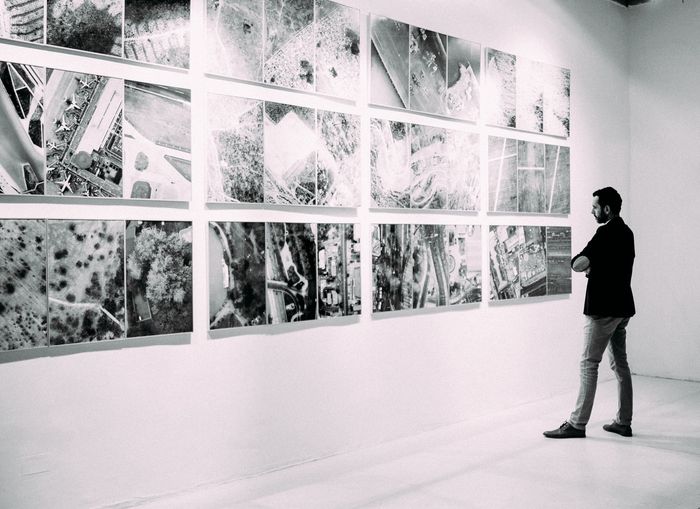
8. Sell on Stock Photography Sites
We’ve all heard of stock photography before, and it’s like what Getty is doing with Flickr. How do you make money from stock photography?
You can sit around and wait for clients to find your photographs. Or,
you can sell photos online by submitting them to a variety of stock
photography sites. You can add keywords, making it easier for people to
find them.
Companies and businesses are always looking for stock photos. If your
images fit what they are looking for, they will buy them. When I say
buy, I really mean license. You can continue to sell photos time and
time again, and make a good living if you have a large portfolio.
Commissions vary depending on which of the many stock photography sites you use. Here are a few to consider: iStock, BigStock, and Shutterstock.
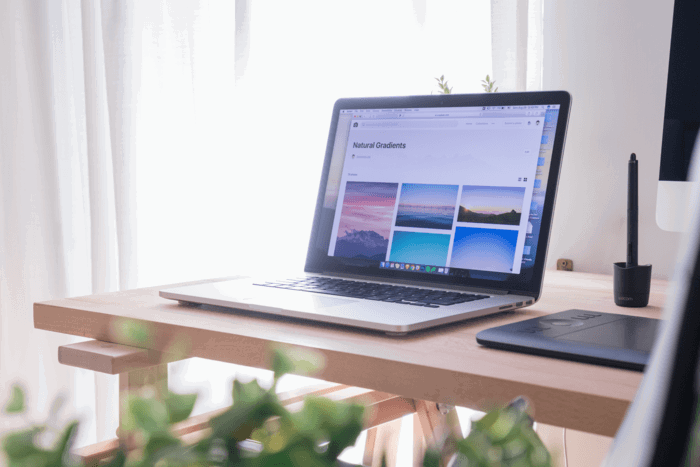
7. Pursue Club Photography
This is a very specific type of photography, that’s listed here for a reason. Proper nightclubs
have with well-established promoters. These promoters all want photos
from their club at night, and you can be the one to provide them. It’s
worth the promoter paying for a photographer to come along and take
photos. These photos end up on Facebook and are used to promote the
club.
You’ll probably notice that the majority of club photographers are in
their early 20’s. So you don’t have to have the greatest experience in
the world to get work. If you want to expand your photography, go down
to a nightclub with your camera anyway. I have NEVER been stopped from
going into a club with my camera.
And, as a little added bonus, if you enjoy this sort of thing, you
start going to a lot of gigs for free. Go out tonight and take some
photos at a local club/gig/event.
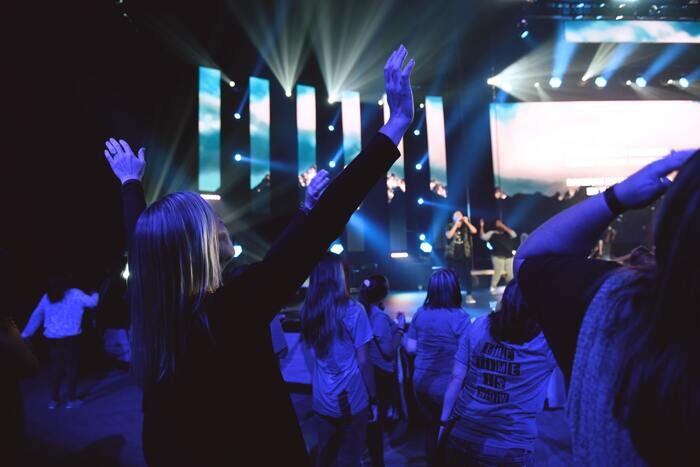
6. Try Real Estate Photography
Another great way to make money is to offer your services to an interior designer
or real estate agent. Determine who you would want to work with. Figure
out local photography job rates, and take a look at some sample images
for real estate photography.
You’ll then need to create your own package. It should include a rate
sheet, a contract, and other details to make sure the whole process
goes smoothly.
Then, all you have to do is networking and identifying potential clients! Meetup.com, Meero
or Facebook groups are great platforms to find local real estate
events. You can also try to find connections at design-related
conferences or events.
Regardless of how you are networking, do not overlook the power of
word of mouth! Be sure to let your family, friends, and colleagues know
that you’re looking to connect with new clients. In addition, create a
social media page targeted just for real estate photography.
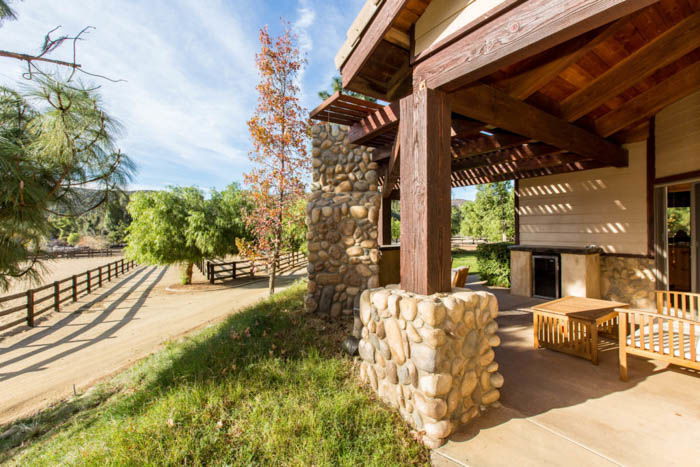
5. Assist Other Photographers
You want to make money with photography, but aren’t yet ready to get your own projects? Try assisting other photographers.
Assisting a photographer is one of the best ways to gain experience and start making money fast. You will need a strong portfolio
if you’re expecting to work at weddings and such, though. There is also
high-end work, such as fashion. Here, you won’t get behind the camera
but still gain experience and money.
Photographers often need assistants
on jobs, and you should expect to be compensated for your time. The
biggest advantage of all is that you don’t have to look for the work, it
comes to you.
The hardest part is finding people who are willing to pay you the
money you want, for the work you’re good at. Take some time now and find
local working photographers in your area. Contact them, ask if they
need an assistant. Offer to do the first time for free if you like. If
you’re any good, they will want you back.
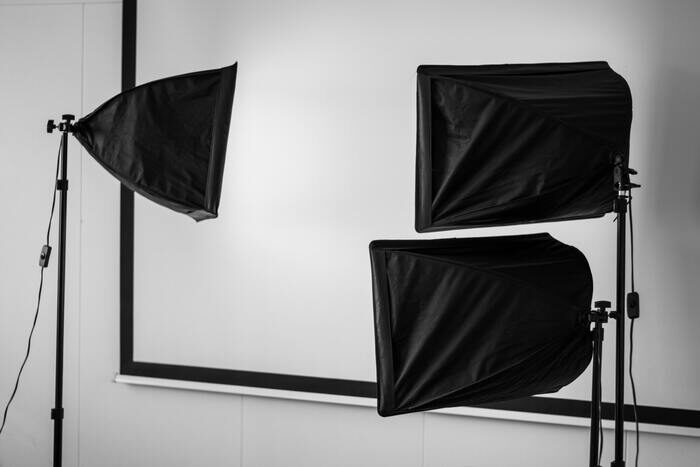
4. Build a Blog
Starting a photography blog is a great way to get your photographs
seen. Creating a strong photography blog to complement your photography
portfolio is one of the most powerful tools at your disposal.
To create your own website,
you first have to buy your own domain name and hosting for your
website. Then, install WordPress, a theme, and some plugins. Write your
first post, and ta-da, your website is ready!

3. Start Teaching
Getting into a rather competitive market takes a lot of hard work and
dedication. If you are you don’t want to be constantly fighting for
clients and jobs, I would suggest teaching.
Not everyone can learn from the internet. If you have the ability to
teach, reach out to those people, and show them how it’s done, one on
one. A good teacher can make a good living, whether it’s from group
classes or one on one sessions.
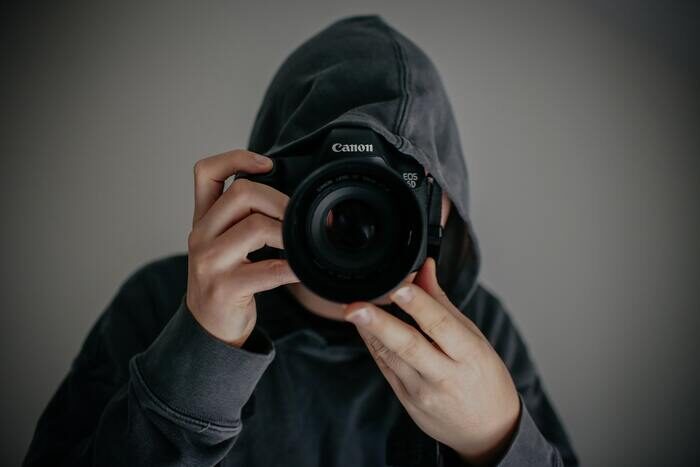
2. Enter Photography Competitions
I think photo contests is one way to make money that most people seem
to forget about. I went round one of my model’s house and up on the
wall was a pretty terrible picture of her when she was younger. It
looked like a friend had taken it in a playground. It turns out that
some photographer won $2500 for it in Canada. My jaw dropped. I couldn’t
take my eyes off the thing, it was just so… average.
It doesn’t take long to enter photo contests. Even if you do not end up winning, it will get your work out there. If you’re lucky, your work might even get critiqued.
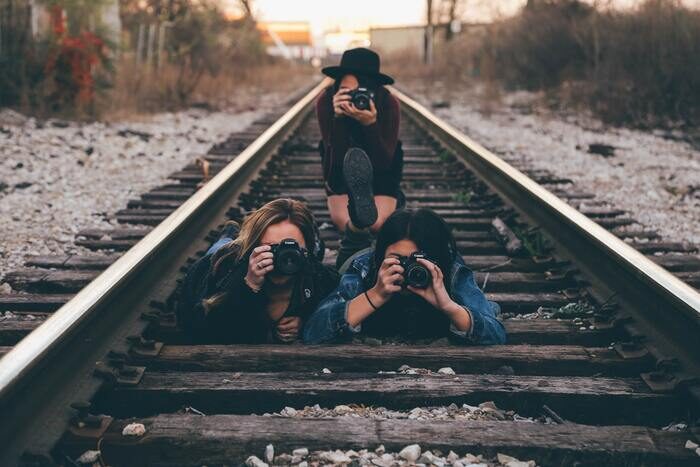
1. Share All of It on Social Media
Instagram is a great source of inspiration for good photography. But, you can also use Instagram to make money by selling your images.
You can supply photos to businesses and blogs that constantly need
images. Many photographers sell the images that they post on their page.
All they do is add a link that allows you to buy their photos from a
third-party site.

Common Questions on How to Make Money as a Photographer
How Much Money Can You Make as a Photographer?
According to the New York Institute of Photography, here are some general figures about how much photographers should earn based on their expertise.
- Hobbyist: Free (or under $100). These are mainly people who love
photography and simply like to practice their passion for fun. They
offer to do shoots for relatives and friends for free or way below
market price.
- Amateur: $25 – $75 per hour. This is someone who is just beginning in the photography world.
- Student: $50-100 per hour or $25-100 per image. Students’ rates
depend on their skill and the amount of experience they have. But, if
they are advanced, they can charge as much as professionals.
- Semi-Pro: $50–$150 per hour or $50-125 per image. These are
photography school graduates who have completed formal training and have
some professional experience. Although they might not yet own their own
studio, they are not beginners and therefore charge a slightly higher
rate.
- Professional: $75-$250 per hour or $75-$250 per image. This
photographer has a lot of experience and has earned respect for his or
her work.
- Top Professional: $200-$500+ per hour or $250-$1,500 per image.
These are the cream of the crop, the elite, highly in-demand
photographers.
How Do Freelance Photographers Make Money?
Freelance photographers are self-employed photographers. They take projects from various organizations and people as and when they like.
Freelancers have the flexibility to choose what project they take.
For example, it could be for a media company, a newspaper, an event, or a
commercial shoot. They get paid by project/hour/day. To make money,
freelance photographers have to market their work. It is important to
have a strong portfolio and network to find new projects.
What Type of Photos Sell Best?
There is no one kind of photograph that sells the most universally.
It depends on where you are selling your images, which niche you are
targeting, and who your customer is. More specifically, if you are
selling on stock photography sites, there are a few categories that sell
better than others.
For example, pictures of people doing everyday things, nature,
animals, transport are especially popular. In addition, images of
businessmen and women, electronics, and money are hugely in demand for
businesses.
There are many ways to make money through photography. You can sell prints, offer your photography or retouching services, or teach. Depending on your personality and what you are interested in, you can monetize your skills in photography.
--------------------------------------------------------------------------------
Free Photography Ebook

